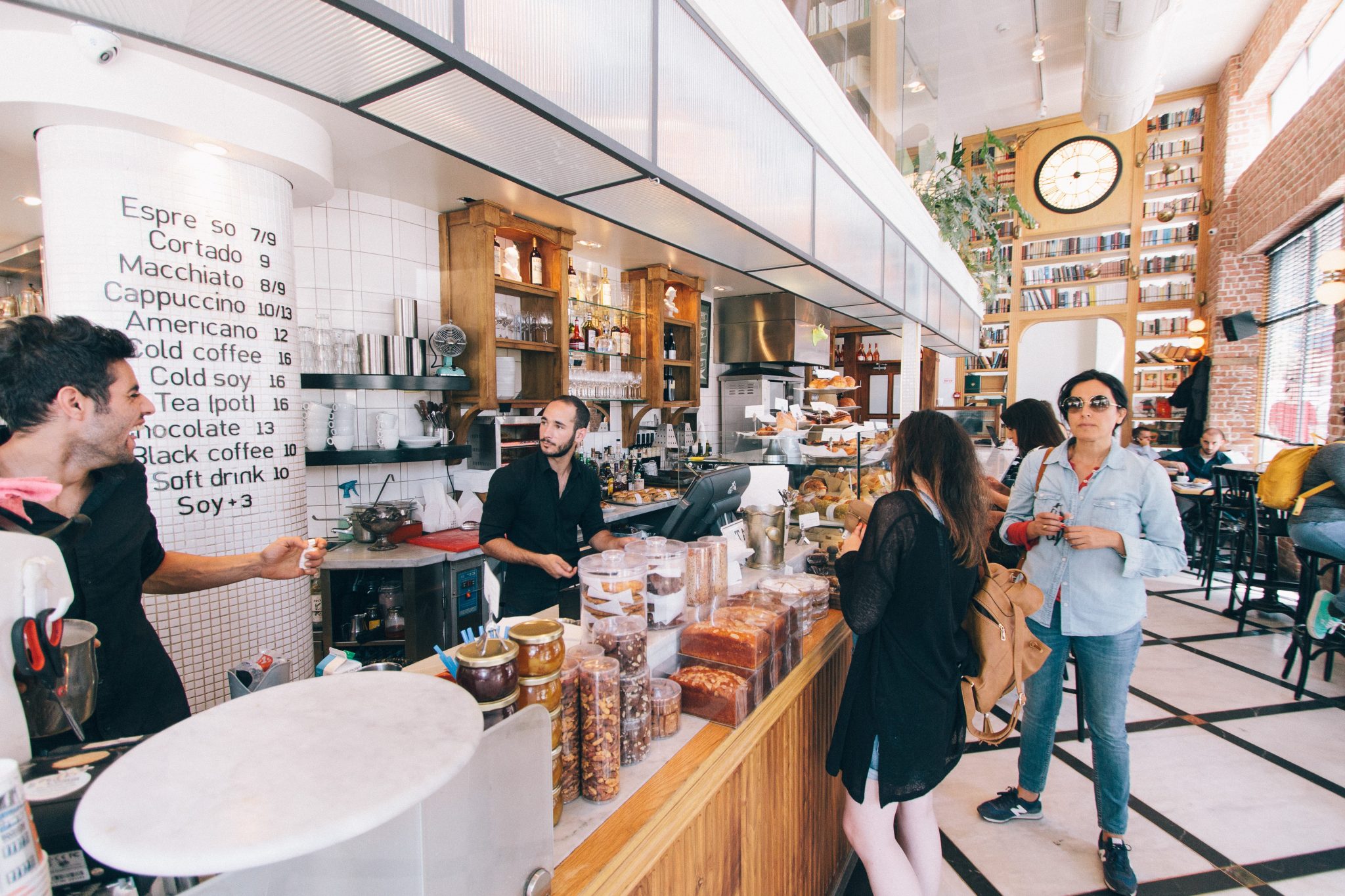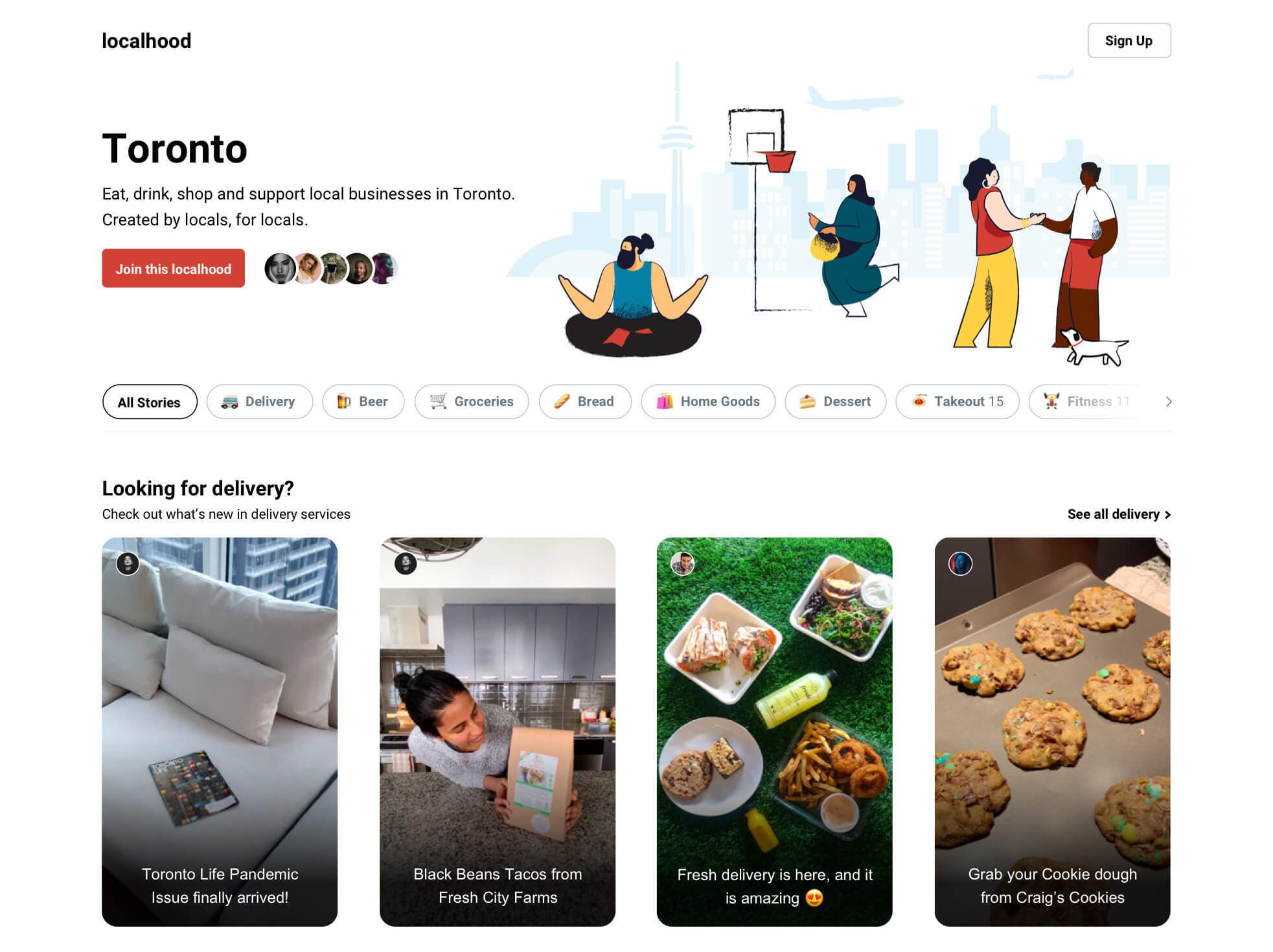Skift Take
With the Covid-19 tourism crisis upending traditional marketing strategies, destinations are placing local residents and businesses at the heart of their recovery plans. Instead of reaching out to visitors traveling from other regions, destination marketing organizations are finding creative ways to encourage locals to explore their own communities.
This sponsored content was created in collaboration with a Skift partner.
Destination marketing organizations (DMOs) have always looked for new ways to drive inbound tourism. When Covid-19 brought the travel industry to a virtual standstill, DMOs were forced to think outside the box, adapting their marketing messages and offers to appeal to local residents and finding new ways to support local businesses.
CrowdRiff, a marketing platform that helps destinations source, acquire rights to and deliver visual content to engage audiences, recently unveiled a new online community platform designed to support local businesses with user-generated content. SkiftX spoke with Dan Holowack, co-founder and CEO at CrowdRiff, to better understand how the industry’s pivot to local is unfolding, and how it can bring long-term, post-recovery value to the destination marketing mix.
SkiftX: How have destinations adapted to Covid-19, and how are they adjusting to the ever-changing tourism landscape?
Dan Holowack: Every DMO we’ve spoken to has told us they have thrown out their 2020 marketing plan and rebuilt their approach in light of the pandemic. At a fundamental level, DMOs are reconsidering what role they can play not just to bring visitors to their destination, but to support their locals and local businesses.
We’ve also seen DMOs working very closely with economic development bodies and their local or regional health authorities to deliver messages around health and safety while still staying relevant to future visitors.
Last but not least, DMOs are coming together as a community like never before. They are advocating for the tourism industry at all levels of government and sharing their ideas, challenges and successes with each other to help the entire industry recover.
SkiftX: In this post-Covid era of tourism, how did “local” become such a big focus for destination marketing organizations?
Holowack: I think there are two root reasons for this. The most obvious and painful one is that DMOs are seeing local partners in distress — restaurants, attractions and hotels scrambling to survive the lockdown. Normally, these businesses are the tourism draw, and DMOs would highlight this “product” in their marketing to attract visitors. But due to Covid, DMOs stepped in to help support local businesses in new ways, doing everything from fundraising to producing local-focused content to celebrating local heroes.. The other reason “local” became a focus is that DMOs understood that locals would be the first ones to kickstart the early phases of tourism recovery, so DMOs have been shifting their communication and marketing to encourage people to enjoy their own communities.
SkiftX: Can you share some examples of how DMOs and other tourism brands are marketing to locals?
Holowack: Sure. There are so many great examples! Travel Oregon has been sharing health and safety messaging on social media that is for state residents, taking content from the health authorities and delivering it in a voice and aesthetic that is true to their brand. One interesting thing about them is that they’ve seen a substantial increase in engagement since they’ve started doing this, clearly the message is resonating.
Visit Phoenix is promoting staycations with website content that shows deals and user-generated content for local attractions, all on a single page. Destination Madison has a really clever campaign where they partnered with a local food delivery service so locals can order local restaurant meals and have them delivered to outdoor spaces like parks and boat rental facilities.
And something more uncommon but very special is from the team at Visit Saint Paul. They are curating an ongoing blog with uplifting news from around Saint Paul to help bring positivity — and a smile — to their locals, something people have said they really appreciate at this time.
SkiftX: How are DMOs connecting locals with local businesses to support their communities and economies?
Holowack: Most DMOs have put together a dedicated web page or microsite with things like special offers and regularly updated content on what’s open. We’ve seen a ton of creativity from DMOs of all sizes.
Take Medora, North Dakota, which is known for their Medora Musical, an outdoor event that operates all summer and is pretty much their top revenue-generating attraction for the year. They’ve been operating this year at half capacity (still 1,000 attendees!) and selling tickets in a socially distant fashion (buy tickets of two, and there are two seats in between). They’ve added additional shows on weekends to accommodate for this reduced capacity. Their campgrounds and golf courses are seeing record numbers of bookings for this summer.
West Virginia’s Visit Mountaineer Country is running a safety pledge campaign similar to others we’ve seen. What’s different, however, is that they have distinct sign-ups for businesses and locals so they can share the responsibility of safety amongst the community. When you arrive on the “Make Mountaineer Country Safe” landing page, you can either choose to make a “Commitment to Safety” as a business or “Pledge to Prevent” as a resident. They have been encouraging locals to share content with a relevant hashtag and are showcasing the collected content in a gallery.Visit South Bend and the Huntsville/Madison CVB have both been promoting visuals of locals wearing masks proudly to help normalize the idea of wearing masks to visit local businesses in person.
SkiftX: What kind of user-generated content and tools can DMOs use to support these local-focused recovery efforts?
Holowack: In a time when building consumer trust is critical for any kind of recovery, we’re seeing DMOs look at UGC differently – it’s now become an essential part of their communication toolkit.
DMOs have been using CrowdRiff to source UGC that shows people exploring safely in their destination. Showing this experience from the local or visitor point of view is more powerful than just saying you are open for visitors, or that you want people to be responsible — it’s social proof from a trusted source that locals are paying attention to.
We are also working with Visit Indy and Visit Stockton on a pilot of Localhood, a new community platform we launched that gives locals the ability to create visual web stories about local businesses so it’s easy for other locals to discover and support them. This content is searchable on Localhood.com but more importantly, the DMOs can embed this rich content on their own websites so locals going to VisitIndy.com or VisitStockton.com can browse this content.
And finally, CrowdRiff has created a travel content network with Destination BC, where the provincial DMO can source and curate mobile-first visual stories across all their regional partners. With regional collaboration being more critical than ever, we’ve had interest from many other states to bring this network to their regions, something we are doing in the coming months.
SkiftX: What have you learned since launching Localhood? How is it evolving and what role do you see it playing in a post-recovery tourism landscape?
Holowack: We’ve had an overwhelming response to Localhood, with over 150 DMOs asking to bring Localhood to their destination in the first 24 hours of us announcing this initiative. That told us right away that we are working on a problem that is top of mind for DMOs right now.
From working with Visit Indy and Visit Stockton, we’ve learned about the powerful connection DMOs have with their local partners, and how we can work hand in hand with them to activate their local ambassadors to get out and create content.
We anticipate Localhood being a long-term solution through the current recovery, which we know is going to take months or even years. And we believe that this local discovery engine will be something that locals will value well beyond the pandemic. We’re excited to continue on this journey.
To learn more about how CrowdRiff is helping transform destination marketing and recovery, tune in to Skift Global Forum on September 21-23.
This content was created collaboratively by CrowdRiff and Skift’s branded content studio, SkiftX.
(Lead image: @robertbye / Unsplash)
Have a confidential tip for Skift? Get in touch
Tags: CrowdRiff, destination marketing, destination marketing organizations, SkiftX Showcase: Destinations

